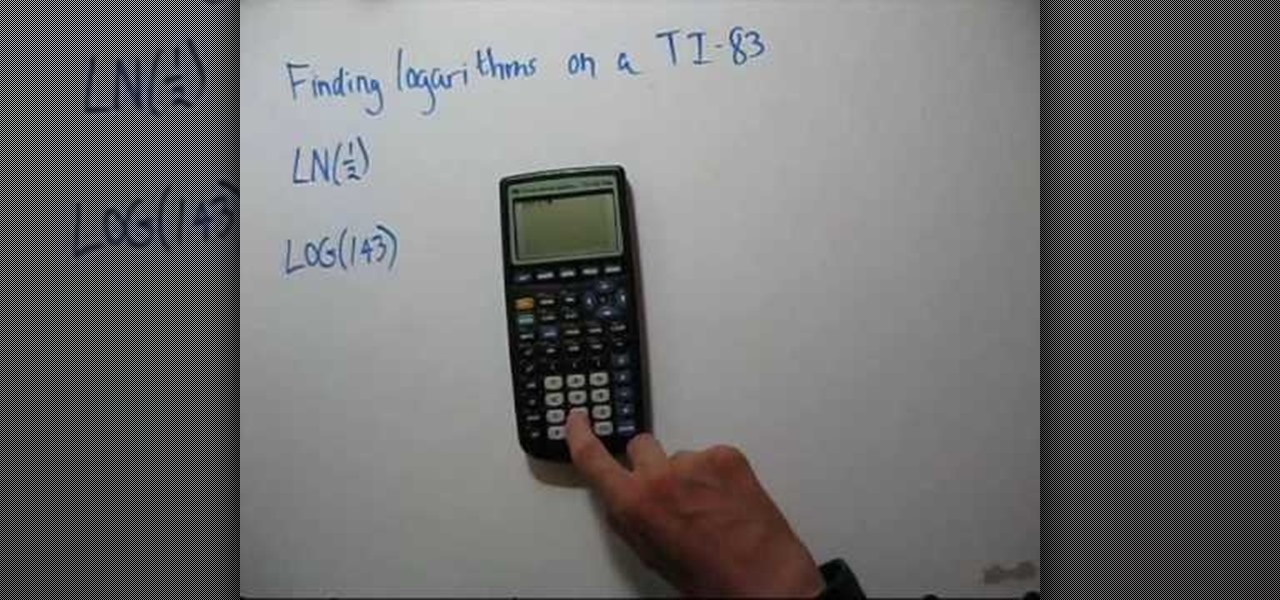

The number of permutations of n objects taken r at a time is determined by the following formula: P(n,r)=n! (n−r)! A code have 4 digits in a specific order, the digits are between 0-9. To solve this equation, use the equation nPr = n! / (n - r)!. To calculate permutations, we use the equation nPr, where n is the total number of choices and r is the amount of items being selected.

People also ask, how do you do permutations? Arrow to the right to find the PRB (probability) menu. To use these probability options, access the Math key. What is PRB on a calculator? Algebra 1 - Using the Graphing Calculator for Probability Functions. Enter r, the number of items selected from the set, and press to display the result.Press to evaluate a permutation or press to evaluate a combination.On the Home screen, enter n, the total number of items in the set.

#TI 84 ONLINE CALCULATOR FACTORIAL FOR FREE#
TI-83 Plus Graphing Calculator For Dummies free sample code calculator 'vb6' 'TI-89 factorial' aptitude book download can you use ti 83 to simplify expressions ks3 maths powerpoints factoring quadratic equations x2 -9x -8 free int algebra quiz exponent solver seventh grade practice algebra online for free online Algebra final prep rational expressions addition calculator with exponents equation worksheets with. Keeping this in view, how do you do permutations on a TI 83? See the shortcut menu in the second screen. Using the TI- 84 Plus, you must enter n, insert the command, and then enter r. And when you solve this, when you walk that out, you get 0.2001 and as a percent that will be 20.1%.The formula for a combination is: nCr = (n!)/(r!( to access the probability menu where you will find the permutations and combinations commands. Christie Power four on day 0.8 Risk the power off 16 minus four. 16 factorial divided by 16 minus four factorial multiplied by four factorial. So in this case will have the following substitution. Start means we're finding p X equals for that means exactly four. Next at sea of the problem is supposed to get the probability that exactly for we'll have high blood pressure. And when you walk this out you get 0.0 55 28 and as a percent that would be 0.55 to 8%. Eight fuck to you, multiplied by eight factorial then multiplied by zero point to risk a power of eight and that's multiplied by 0.8 raised to the power of 16 minus eight. You would need to substitute the values accordingly, and that would be 16 factorial divided by 16 minutes. So So the probability that one half will have blood pressure is P uh X equals eight. Zero poand as a percentage, that's going to be 2.81 47% in the second part of the problem be settled to find the probability that one half will have high blood pressure on. And that will be in a This whole section will yield when you work that out. And that should be watched by by 0.2 priest above zero than 0.8 raised in the past 16 minus zero. Uh, this expression and that will be 16 factorial divided by 16 minutes, zero factorial multiplied by zero factorial. So it would have to substitute the value of X into these equations. Therefore, you're finding the probability that X equals zero. You're finding the probability that none will have high blood pressure. In this case, Q will be the probability off failure, the numerical probability of failure, which is one minus p and we have it a 0.8 in our case. So we say that the probability that of getting X number off successes in End Child is given by and factor you defended by and minus X factor area multiplied by X factorial, then that's multiplied by P. That's what we'll use even for the other cases. So we have to use the following formula to get a probability on. Eso for the first part of the question E was supposed to give the probability than none off the people selected would have high blood pressure. What piqued a sample of 16 has been used. We also know that the number of Childs and this 16 because we're only 16. So the probability of success P is 20% or 0.2. And in this case, since it's a phenomenal distribution, we're going to take their probability off success to be 20% because it's 20% of Americans have high blood pressure. So this distribution is a binomial distribution. One half will have high blood pressure exactly for will have high blood pressure. And we're supposed to find the probabilities, um, that none. So we have a random sample off 16 Americans ages 25 to 74 selected. In this problem, we're going to be considering a case where we're told that 20% of Americans ages 25 to 74 have high blood pressure.


 0 kommentar(er)
0 kommentar(er)
